- Our Products
- Upper Extremity
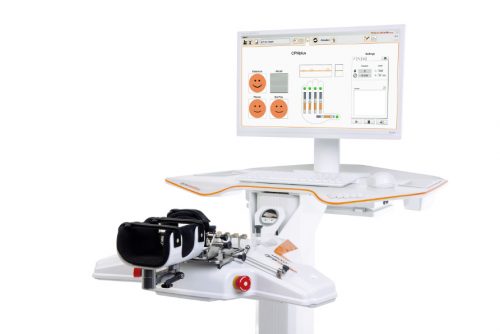 AMADEO The hand therapy world champion
AMADEO The hand therapy world champion
Boredom in finger-hand rehabilitation? Not with AMADEO! Motivation in the course of therapy is just as essential as fingers and hands are for daily life. Regardless of whether it is an adult or child, AMADEO increases therapeutic ambition with sophisticated robotics and a playful approach, and also visualizes the smallest successes in all phases of rehabilitation. Bottom line: AMADEO is simply unique.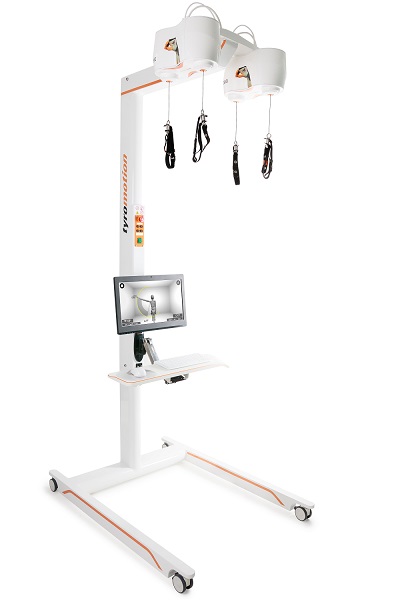 DIEGOBilaterally back to life
DIEGOBilaterally back to life
Finally go fishing again? DIEGO® skilfully assists patients with its unique intelligent weight relief. With its three-dimensional therapeutic area and virtual reality, DIEGO® enables the ideal transfer of what you have learned into everyday life – exactly with the required support. Nothing more and nothing less.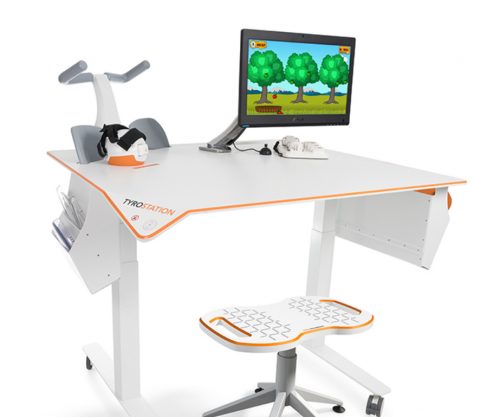 TYROSTATION Endless options, well organized
TYROSTATION Endless options, well organized
Anyone who is as versatile as PABLO® and TYMO® needs structure to really unfold. The Tyrostation is home to all individual components of our two all-rounders and also provides perfect ergonomic adaptability for every patient.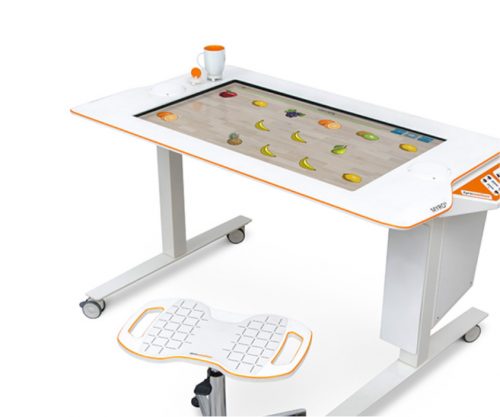 MYRO Full of variety, versatility, innovation and creativity
MYRO Full of variety, versatility, innovation and creativity
Real objects, power control, touch applications and a whole lot of fun: this is what constitutes goal-oriented, intuitive therapy with MYRO. The sensor-based surface is the basis for creative therapy which brings about meaning and self-determination in daily life.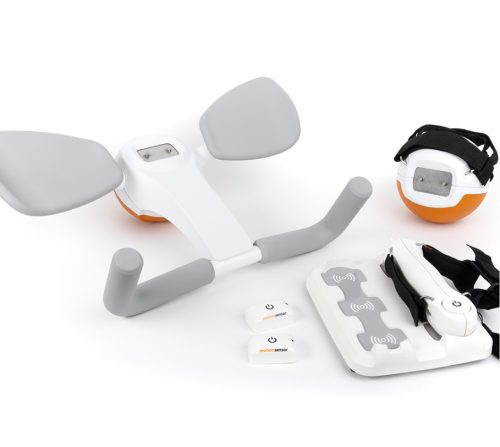 PABLO As versatile as life
PABLO As versatile as life
PABLO® is an all-rounder when it comes to activities of daily living. Position sensors and numerous accessories open up incredibly versatile therapeutic options in a safe environment for patients of all impairment levels.
- Lower Extremity
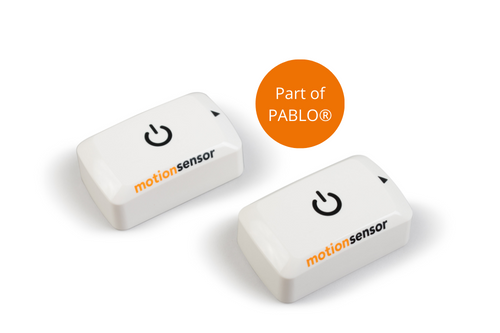 PABLO Lower ExtremityPart of PABLO®
PABLO Lower ExtremityPart of PABLO®
Always know where therapy is going
PABLO® Lower Extremity, our gait analysis and training system, precisely measures the parameters which are required for the selection of the most effective therapeutic measures for gait improvement. Simple and location-independent application as well as size-independent measurement makes the package complete – small device, great effect!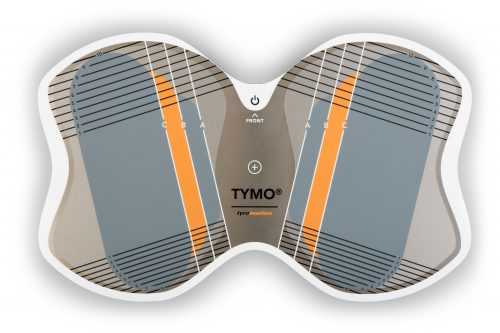 TYMO Balance in perfection
TYMO Balance in perfection
TYMO, a portable posturography system and the world’s thinnest balance platform. Flexible in application, TYMO trains postural control in a sensitive, specific and meaningful manner, and is therefore the basis of all movements. Motivation and fun are included.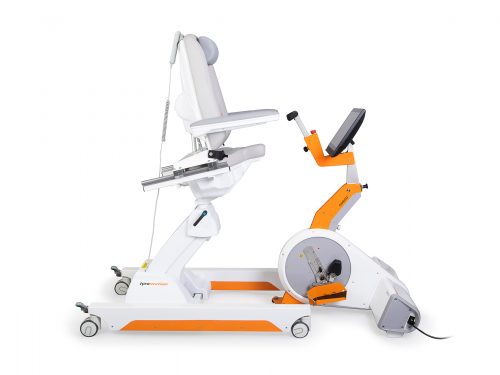 OMEGO Plus Therapy for all phases of gait rehabilitation gone motivational
OMEGO Plus Therapy for all phases of gait rehabilitation gone motivational
Two separate drives mobilize the patient in an effortless, isolated and focussed manner, and therefore make OMEGO® the long-desired stopgap between mobilization and locomotion. What else remains for patient and therapist to do? Train in a motivated manner, have fun and achieve goals.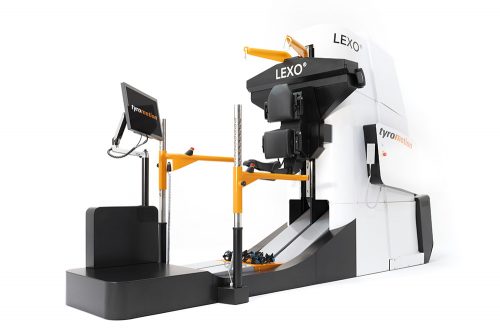 LEXOGait training at its best
LEXOGait training at its best
Maximum number of steps and intensity, low in height, easy handling and fast setup time: Impossible? It works! With LEXO® patients take the first impressive steps back to mobility and enjoy the feeling that things are finally getting better again.
- MTT-Line
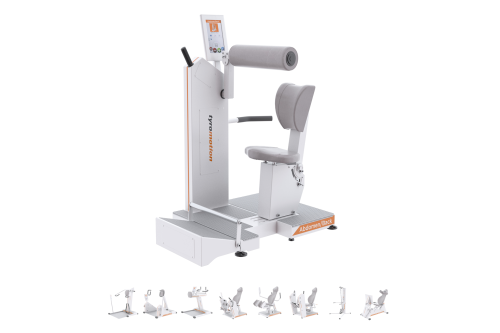 MTT-Line Medical training therapy
MTT-Line Medical training therapy
The barrier-free MTT-LINE specifically strengthens the six major muscle groups of the human body.
- Software
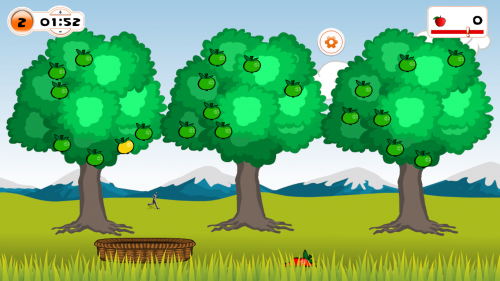 TyroS The heart of our technology
TyroS The heart of our technology
Our TyroS software – developed by and together with therapists – is the heart of our technology that combines devices, know-how and therapeutic games. It is a sophisticated therapeutic system that helps challenge and encourage patients.
- Upper Extremity
Rehabilitation
Neglect following a stroke – When one side is missing
1. November 2022 ● 3 min. Reading time
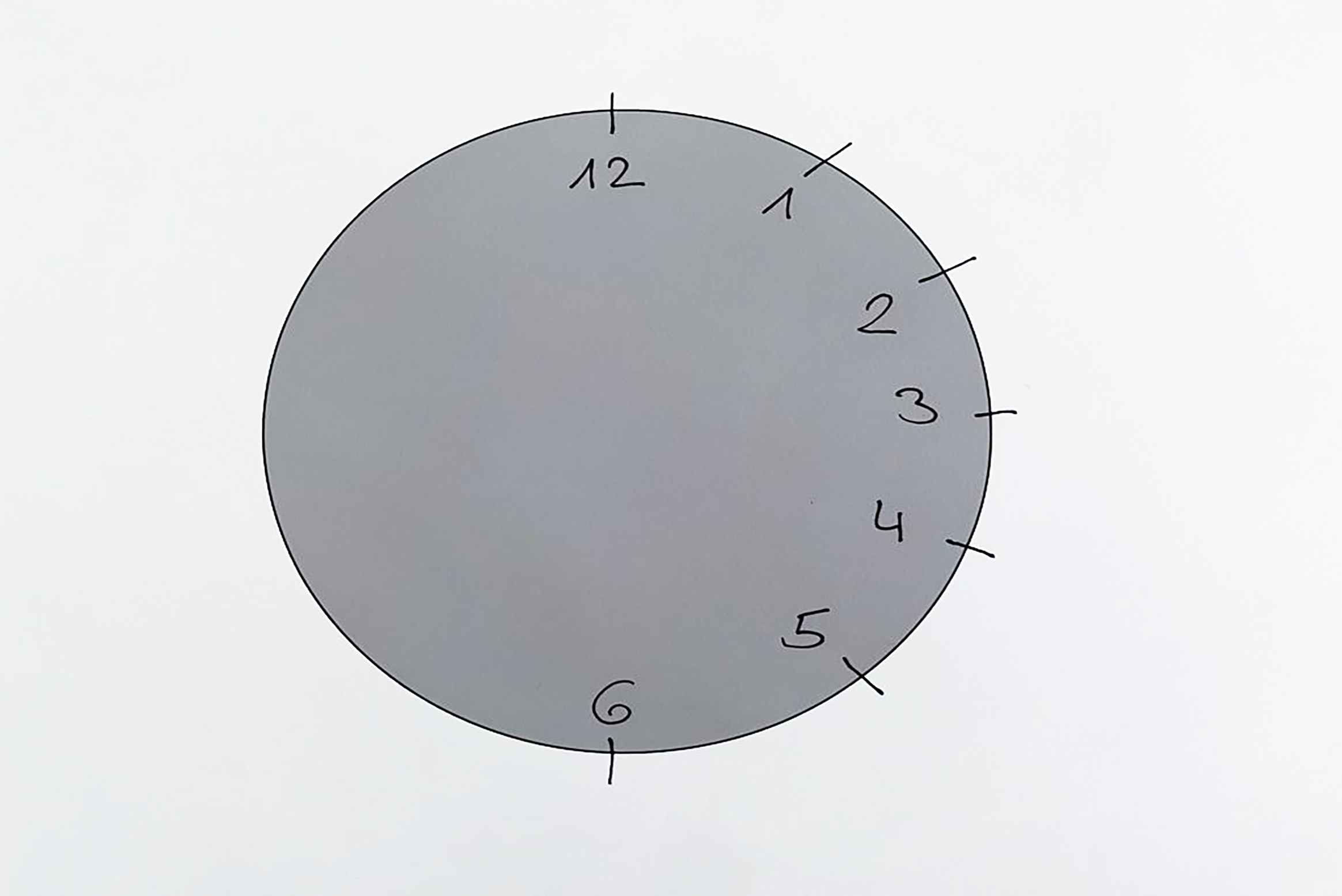
Neglect – Reduced perception following a stroke
Neglect patients do not react to stimuli on one side of their body or their environment. For example, when eating, food on one side of the plate remains untouched. When putting on makeup or shaving, one side is missed, or when spoken to from the affected side, individuals will not react.
Patients suffering from neglect do not realize that their perception is limited. Stimuli from the environment are sent to the brain, but the brain fails to process this information correctly.
The brain controls the body crosswise: The right hemisphere controls the left side of the body, and the left hemisphere coordinates the right side of the body. Typically, neglect occurs following damage to the right half of the brain.
Forms of Neglect following a stroke
With a visual neglect, the patient’s eyes and head move towards the side of the brain that is damaged. Patients can miss objects, obstacles, persons or react too late. They might also have difficulties maintaining eye contact.
When suffering from an auditory or acoustic neglect, the patient no longer registers sounds or noise on the neglected side. The patient does not react when addressed from that side. This does not equal deafness. Hearing is intact, but the information is not processed correctly in the brain.
A motor neglect means that the patient is barely using, or not using at all, their muscles on the neglected side of the body. The vast majority of movements are carried out by the other half.
If a patient does not or only with delay respond to touch or pain on one side of the body, this is classified as a somatosensory neglect. This is particularly problematic if pain is not detected when being injured, e.g. fingers pinched in the spokes of a wheelchair. To some extent, patients perceive pain on the other side of the body.
If smelling is affected, the patient finds it difficult or impossible to perceive smells on the neglected side of the body. This is called an olfactory neglect.
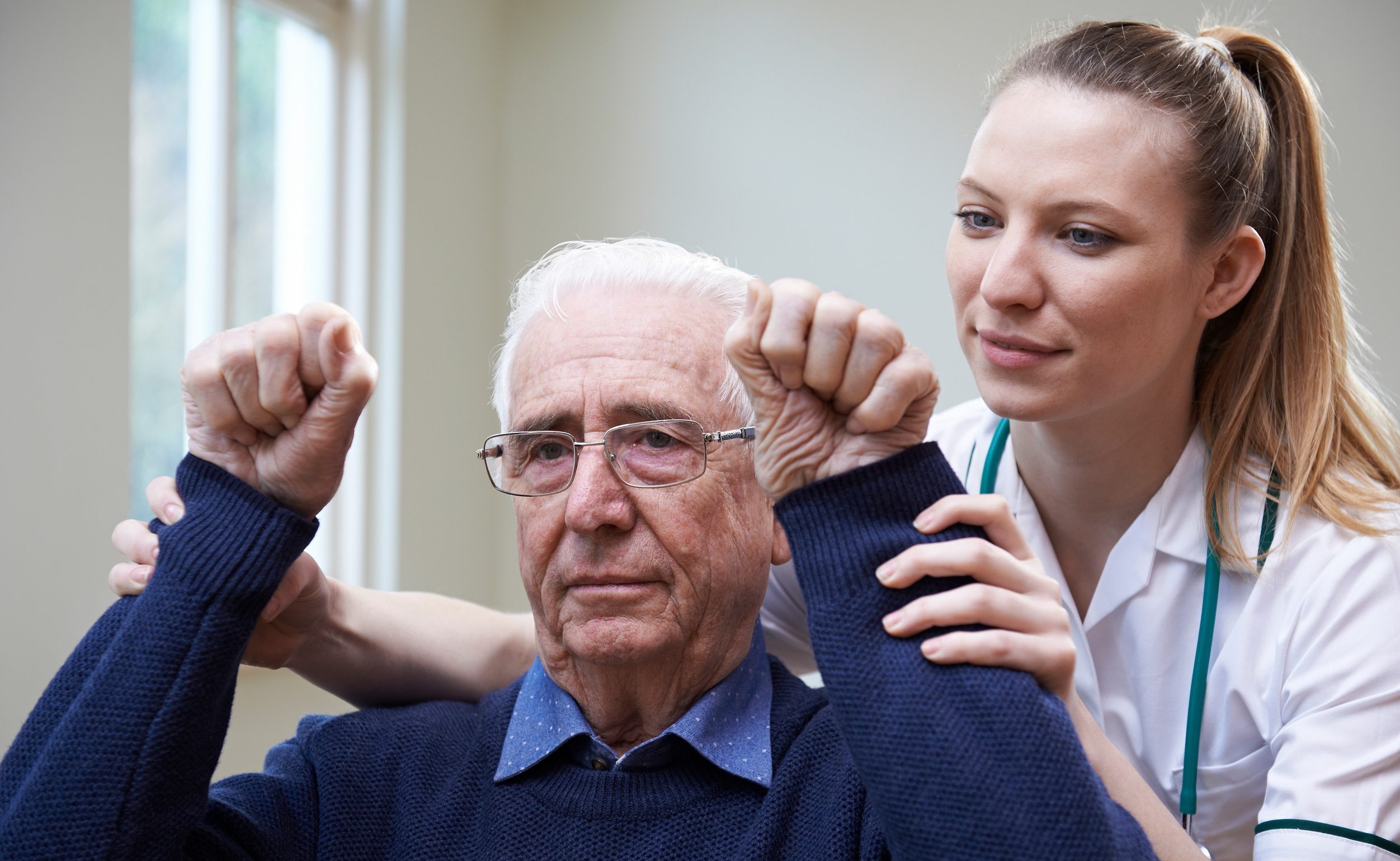
Neglect – What can I do to help?
A stroke is a new, challenging situation – for the entire family. A neglect can worsen the situation by the fact that those affected do not notice that they are missing or neglecting things.
In everyday life, relatives can support the independence and motivate those affected to be active. In the case of a neglect, it can be helpful to stimulate the affected side of the body, for example by handing the person objects, sitting or addressing that person from the neglected side.
A neglect can also make communication and interaction difficult. Affected individuals sometimes react inappropriately to conversations or situations and have difficulty maintaining eye contact. This can affect social life.
In day-to-day life, the family should encourage the patient to complete more and more tasks independently and to exercise. Understanding and interacting with the patient can improve the patient’s condition. Furthermore, family members should support rehabilitation exercises in coordination with the treating therapist. Where appropriate, family and patients can join self-help groups, either together or separately.
Robotic rehabilitation for neglect
A 2021 study showed that robotic hand training can have a positive impact on neglect after a stroke.
The advantage of robotic rehabilitation equipment is that it allows for passive, active or assistive movement of the affected part of the body with a high number of repetitions. Whereas therapists typically had to provide continuous movement of the hand of a stroke patient, this task can now be carried out by technology under supervision of the therapist.
Movement stimulates neuroplasticity. The brain starts to form new connections to compensate for damaged areas. This can help reduce the impact of neglect.
Technology also allows for objective assessments in neglect therapy. The “wiping” exercise using MYRO can quantify the extent of a neglect. Deficits can then be addressed specifically, and progress can be monitored.
Author: Michaela Partel
You might also be interested in
4. April 2023
Health
Rehabilitation
Stroke nutrition guidelines for optimal health
Nutrition as the key part in health and well-being of stroke survivors A healthy, balanced …
21. March 2023
Rehabilitation
Kinesio taping in neurology as a useful therapy supplement
The Kinesio tape and its usefulness in neurological therapy What was originally known only from …
7. March 2023
Rehabilitation
Exercises against freezing of gait in Parkinson’s disease
When the legs freeze – how does the symptom “Freezing of Gait” manifest itself? Parkinson’s …








